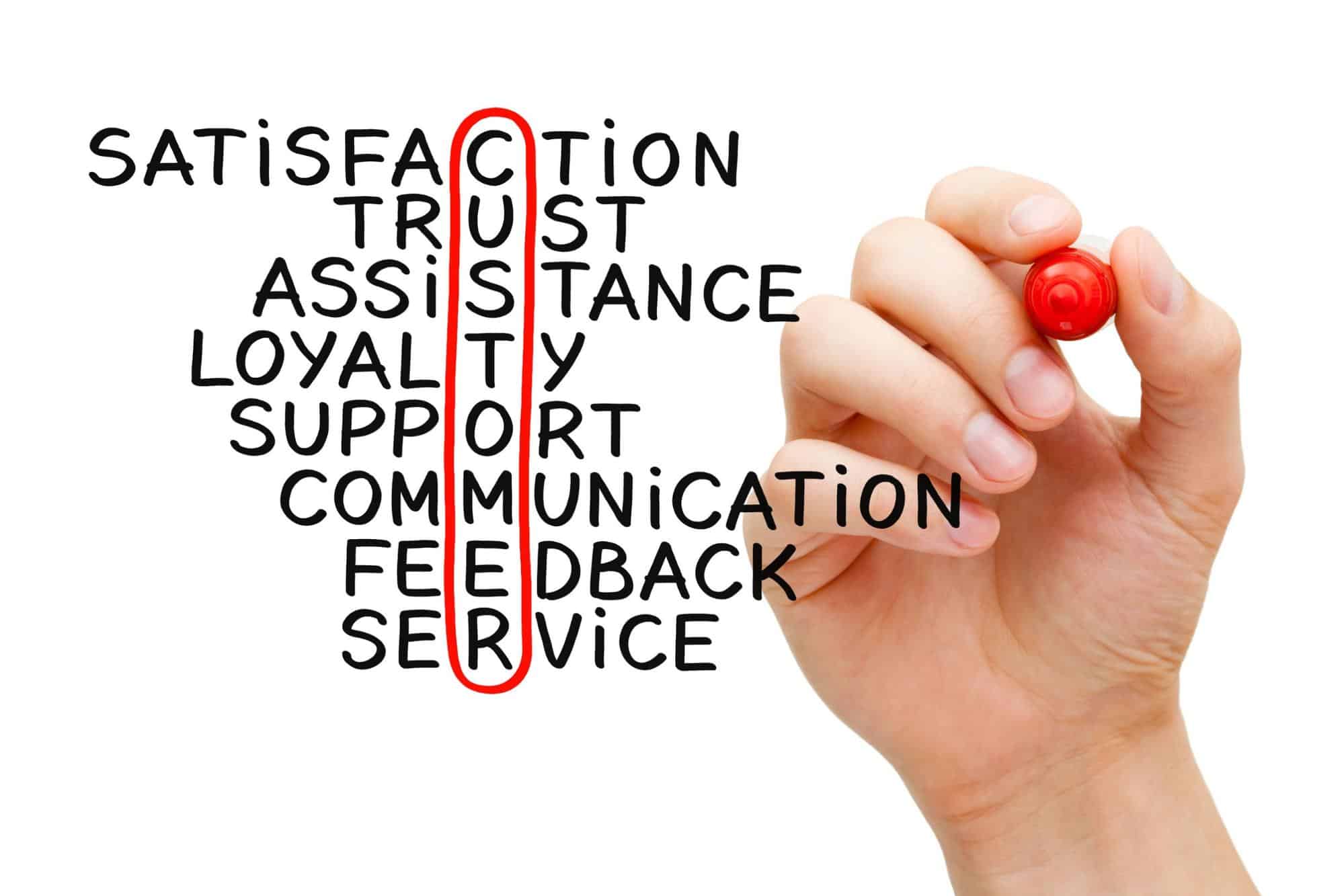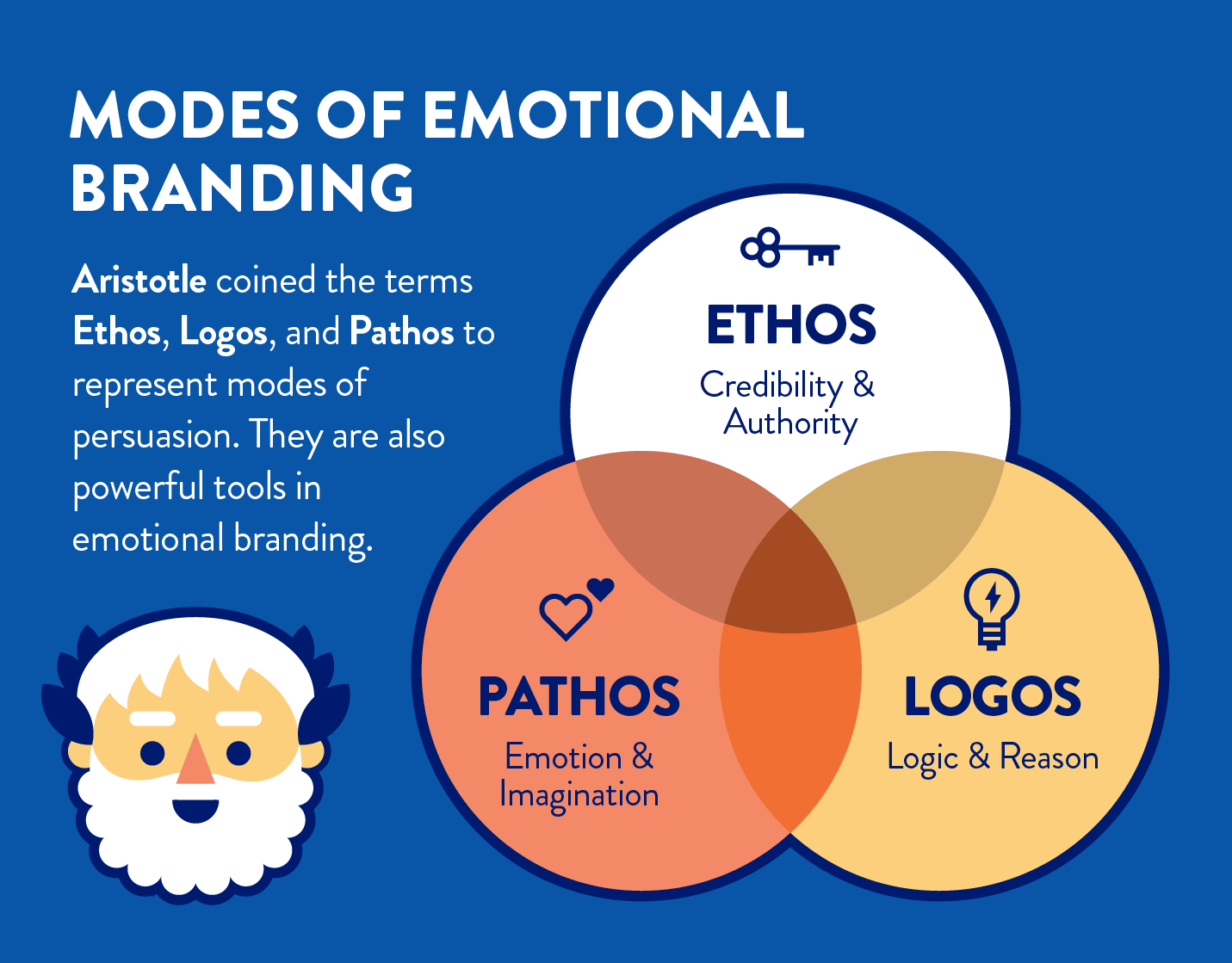Some of you may have heard of the term “emotional marketing.”
Emotional marketing is a marketing method that stimulates purchase intent by appealing to customers’ emotions.
When customers make purchasing decisions, wants have a greater influence than needs.
In this article, we will explain emotional marketing in detail.
What is emotional marketing?
Emotional marketing is a marketing method that stimulates purchase intent by appealing to customers’ emotions.
Masanori Kanda, a management consultant/marketer, wrote the book “Your company will become profitable in 90 days!” ” (published in 1999).

Generally, when customers make purchasing decisions, there are two things that come into play: needs and wants.
Emotional marketing involves stimulating customers’ purchasing behavior by stimulating their wants.
This is because wants have a greater influence on customer purchasing behavior than needs.

Mr. Kanda’s book cites “periodic dental health checkups” as an example where there are needs but no wants.
When considering dental health, there is a great need for regular health checkups.
However, for many people, the desire to go for a regular health checkup is probably not that great.

Emotional marketing asserts that no matter how much a product or service appeals to a customer’s needs, that alone will not necessarily lead to a purchase, and unless wants are stimulated, significant purchase behavior will not occur.

Emotional marketing is also effective in BtoB
In BtoB, it is often said that “needs are more important than wants.”
It is true that purchasing behavior in BtoB is rationally considered by multiple key people within the company.
Compared to BtoC, where general consumers tend to make impulse purchases, it can be said that needs play a larger role in purchasing behavior.

However, it can be said that there are situations in which emotional marketing should be considered even in BtoB.

For example, when selecting software for use within a company, features and price are of course important deciding factors.
However, it cannot be said that emotional reasons such as “I like this company” or “I sympathize with the company’s philosophy” may also be used as a basis for making decisions.
Also, when it comes to borrowing money, for example, megabanks may be chosen because they provide a sense of security.

Even in BtoB, there are cases where taking emotional marketing into account can lead to larger purchases.

Emotional marketing example
We will introduce examples of emotional marketing, ad capture and sales process.
1. Start with airfare to cut costs. Please read this before booking your flight ticket!
2. Do you still waste money on airline tickets?
Of these two ad catches, 2 seems to have received 10 times as many inquiries as 1.

The two ad catches are trying to sell the same product.
However, the results will vary greatly depending on whether the advertising catch appeals to the customer’s emotions or not.
If the functions and convenience of a product or service are considered to be important factors in purchasing decisions, salespeople must explain them.
However, explaining things in this way may make the customer wary, and the relationship between the salesperson and the customer may become even more difficult.
Emotional marketing states that in the sales process, “you should first let the customer talk.”
When you ask your customers what they want, they’re likely to talk about the challenges they’re having and the costs they expect to spend.
As the customer speaks, they begin to trust the salesperson.
Also, you will start thinking that you want the product you are talking about.
The concept of emotional marketing in the sales process is that the emotions that customers feel are linked to their purchasing behavior.

summary
◆ Emotional marketing is a marketing method that stimulates purchase intent by appealing to customers’ emotions.

◆ Wants have a greater influence on purchasing behavior than needs.
◆ Emotional marketing is important even in BtoB purchasing where rationality is emphasized
◆ Examples of emotional marketing include advertising catch and sales process.

